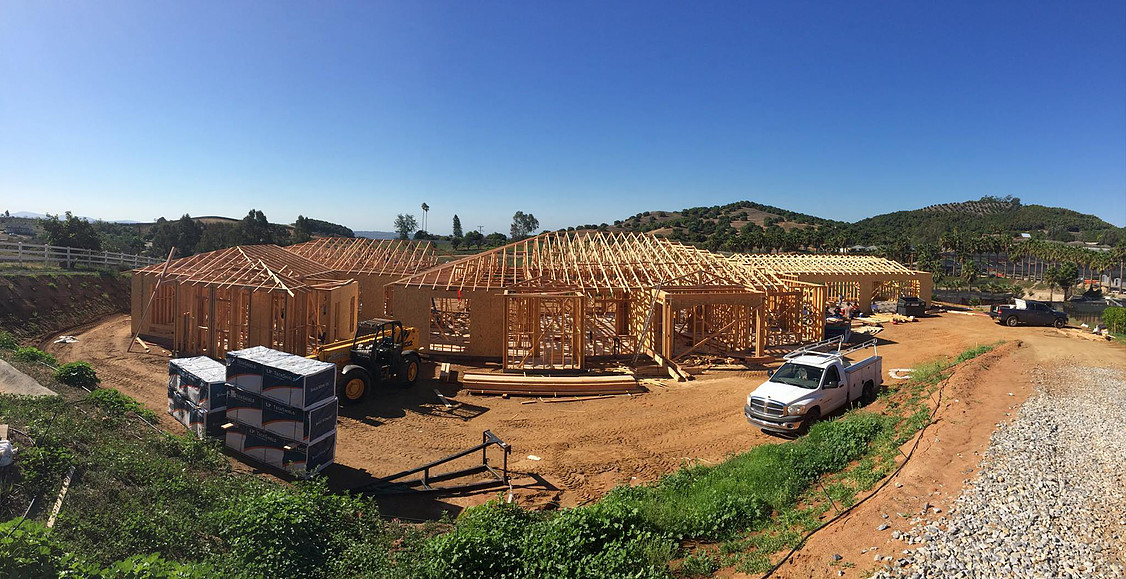A Truss Roof is a great way to quickly and cost-effectively build a strong, sturdy roof. Using trusses not only saves builders up to half of the cost of stick-built rafters but also helps add strength and stability to any project. With so many advantages, it is no wonder builders turn to trusses for 80 percent of all new housing construction. However, there are so many different types of roof trusses, as well as different ways to use them, that homeowners and builders alike can quickly become confused!
In order to understand the three major types of trusses, it is important to know what trusses are capable of doing and how they are made. It is also important to consider how trusses will be used and why they are designed in certain ways in order to understand how truss manufacturers choose their patterns.
What Is A Roof Truss and How Is It Constructed?
A roof truss is a prefabricated wooden structure, assembled at a truss manufacturer and delivered to a job site, the substitutes for stick-built rafters. They are usually made of strong, lightweight wood held together with metal plates. Most trusses are triangular in shape with several chords or members internally changing the direction of stress and weight from the roof load. This allows trusses to stand up to extremely heavy weights and strong winds without breaking or cracking.
The Three Categories of Trusses By Shape or Design
One way to categorize trusses is by their design and purpose. In general, trusses can be broken down into three major categories: gable, hip and attic. Each of these types of trusses is used in certain applications. Choosing the right truss for the right type of roofing is a very important part of the overall home design, as it affects not only the aesthetics of the home but also the durability and strength of the roof.
- Gable roof trusses. The gable is the most common and most flexible of all truss forms. Built as a simple triangle, gables are capable of spanning large lengths and holding up significant weight. They can also be built to almost any pitch a builder wants, so steep or shallow roofing is possible just by choosing the angle of the truss.
- Hip roof trusses. Hip roofing is also popular, particularly on certain styles of homes and on those with multiple rooflines. Hip roofs meet at a central peak and allow for large, visible sections of roofing to add to the curb appeal of a home. Hip trusses can be slightly more difficult to build and install than gables, but many homeowners prefer them for their beauty.
- Attic roof trusses. A growing number of homes are built with attic roof trusses, which have a void in the center to allow for storage areas or even new rooms in the future. With construction costs so high at present, many builders and homeowners are choosing to build homes of smaller square footage but still take advantage of the ability to expand the home’s floor space in the future by using attic trusses.
At Stone Truss, we have been working with San Diego and southern California builders for many years. We understand how to help builders choose the right truss applications for any job, and our experts are ready to help you with your next building project! Give us a call today to learn how we can save you time and money with quality truss roofing delivered directly to your job site.





